Returns in e-commerce represent a significant facet, with over 18% of online purchases being returned, and a substantial 60% of online shoppers meticulously reviewing return policies before committing to a purchase. Despite this, numerous business owners overlook implementing optimal e-commerce return practices, resulting in a surge in return rates and a decline in conversion rates.
The crux of online e-commerce prosperity primarily hinges on sales figures. However, an exemplary customer return experience stands as a pivotal element in both attracting and retaining customers.
Why Are Customer Returns So Crucial?
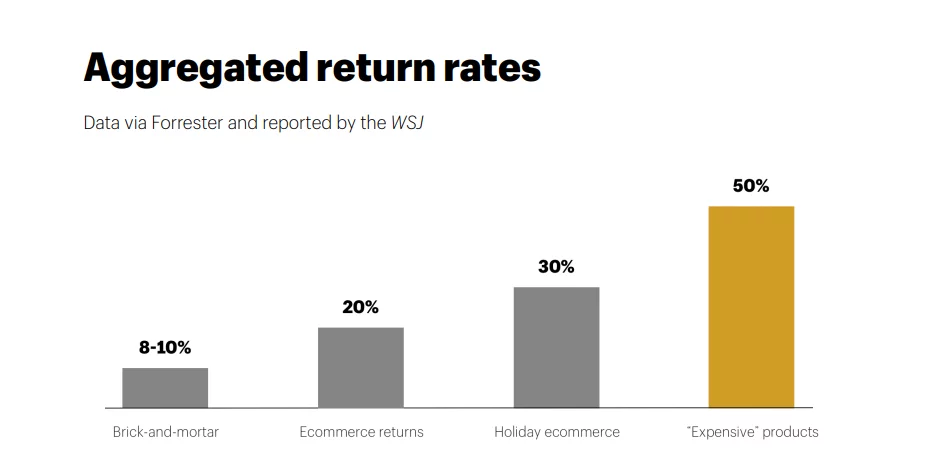
Source: Richpanel
- Customer Experience Enhancement: A streamlined return process can improve the overall customer experience. It demonstrates a company’s commitment to customer satisfaction and builds confidence in making future purchases.
- Data for Decision Making: Return data can inform various business decisions, such as product design, marketing strategies, and inventory management. Analyzing return patterns can identify trends, popular products, or common issues to guide future business strategies.
- Brand Loyalty and Retention: Handling return requests effectively can turn a negative experience into a positive one, fostering stronger customer loyalty. A customer who had a good return experience is more likely to return for future purchases.
- Sustainability and Environmental Impact: Efficient product return management can reduce waste and environmental impact. Companies can implement strategies to refurbish, repair, or resell returned items, minimizing the need for disposal and reducing the carbon footprint.
- Legal and Regulatory Compliance: Many industries have specific regulations governing return policies, especially regarding product warranties, consumer rights, and refunds. Adhering to these regulations is essential to avoid legal issues and maintain the trust of customers and authorities.
- Improved Product Quality: Feedback from returns can highlight recurring issues, allowing companies to address product quality problems promptly. This iterative process can lead to better-quality products in the future, reducing returns in the long run.
Tyoes of Returns:
Type #1: Free Return Shipping
Benefits:
- Enhanced Customer Satisfaction and Loyalty: Consumers are increasingly drawn to brands that offer free return postage. It creates a sense of ease and confidence in the buying process, leading to happier customers.
- Augmented Basket Size: A streamlined return process encourages customers to explore additional items without the fear of complicated or costly returns. This exploration often leads to larger purchases, increasing the overall basket size at checkout.
- Builds Customer Trust: The absence of free return procedures might raise doubts about product quality or the company’s commitment to customer satisfaction. Offering free return can reassure customers and build trust in the brand, potentially encouraging repeat purchases.
Type #2: Paid Return Shipping
Instances where it might be suitable:
- Large Items: Certain products, especially oversized or heavy items, may require specialist collection or shipping methods for returns. In such cases, it might be more practical or cost-effective for the customer to bear the return shipping costs.
While free returns offer significant advantages, there are instances where paid return shipping might be more appropriate due to logistical or cost-related factors.
Factors to Consider in Choosing Return Policies:
- Cost Considerations: Free returns can add to operational costs, particularly for small businesses or those dealing with high return rates. Assessing the financial impact and feasibility is crucial.
- Product Nature: Some products are more prone to returns due to sizing issues or customer preferences. Understanding your product line’s return tendencies can help tailor the return policy.
- Competitive Positioning: In a market where free returns are becoming the norm, aligning with or differentiating from competitors is essential. Analyzing market trends and consumer behavior can guide this decision.
- Customer Experience Focus: Prioritizing a seamless and hassle-free return process, whether through free returns or efficient paid options, should align with the brand’s commitment to customer satisfaction.
- Logistics and Operational Efficiency: Considerations regarding return processing, restocking, and inventory management should also inform return policies.
Best Practices for Ecommerce Returns:
1. Clear Returns Policy
Example: Zappos, renowned for its customer service, has a clear and concise returns policy visible on every product page and their main website. They outline timelines, conditions, and any associated fees, ensuring transparency.
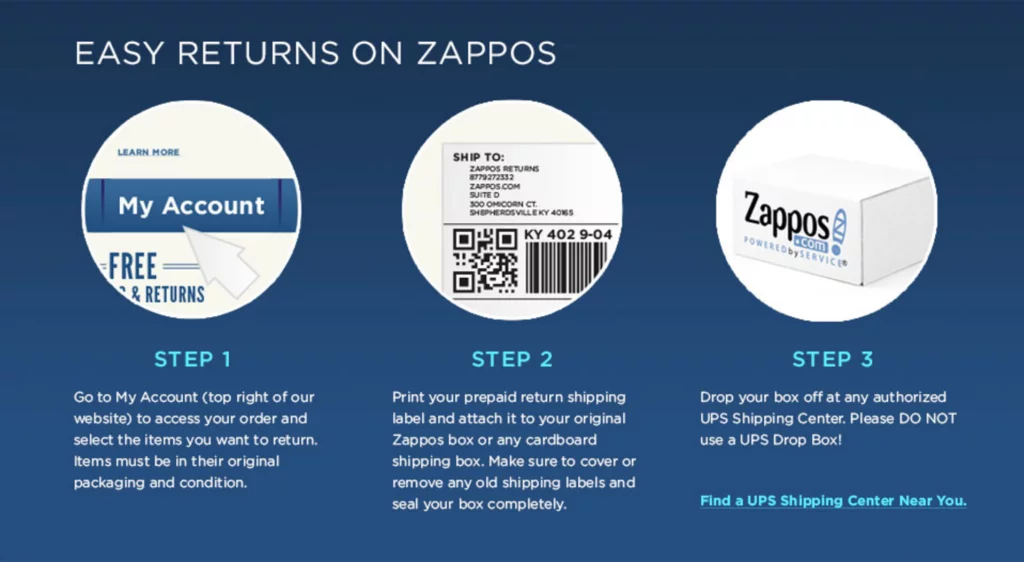
Best Practice: Display a comprehensive policy prominently across your website, including details on return charges, timelines, and regional variations. This transparency builds trust and clarity for customers.
2. Clear Return Process Instructions
Example: ASOS includes step-by-step return instructions within their packaging and on their website. They simplify the process by providing visual guides and ensuring customers understand each step.
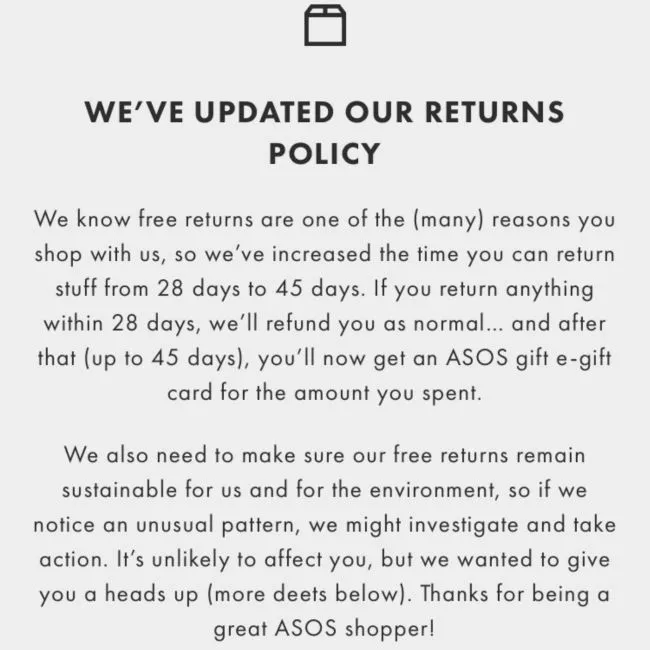
Best Practice: Offer easily accessible, step-by-step instructions on your website and within product packages. Clear instructions streamline the return journey, reducing confusion and enhancing the customer experience.
3. Free Return Shipping Labels
Example: Online retailer Nordstrom provides prepaid return shipping labels with their orders. Customers can easily print these labels from their accounts or request physical labels, eliminating return shipping costs.

Best Practice: Consider providing prepaid shipping labels in various formats (pre-printed, scannable, printable). Offering free return shipping labels reduces barriers for customers and encourages returns.
4. Accurate Product Listings
Example: Clothing brand Everlane ensures accurate product listings by providing comprehensive size charts, multiple high-quality images, and customer reviews. This approach minimizes return rates due to sizing issues.
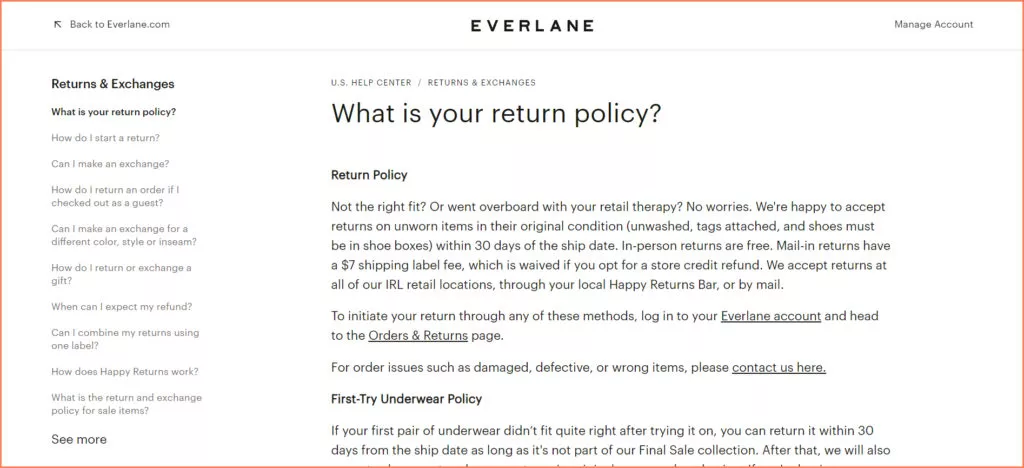
Best Practice: Enhance product listings with detailed descriptions, high-quality images, size charts, and customer reviews. Accurate and informative listings empower customers to make informed decisions, reducing dissatisfaction-based returns.
5. Hassle-free Return Packaging
Example: Athletic brand Nike includes resealable packaging in their shipments, allowing customers to reuse the original packaging for return purposes. This simplifies the return process and reduces waste.
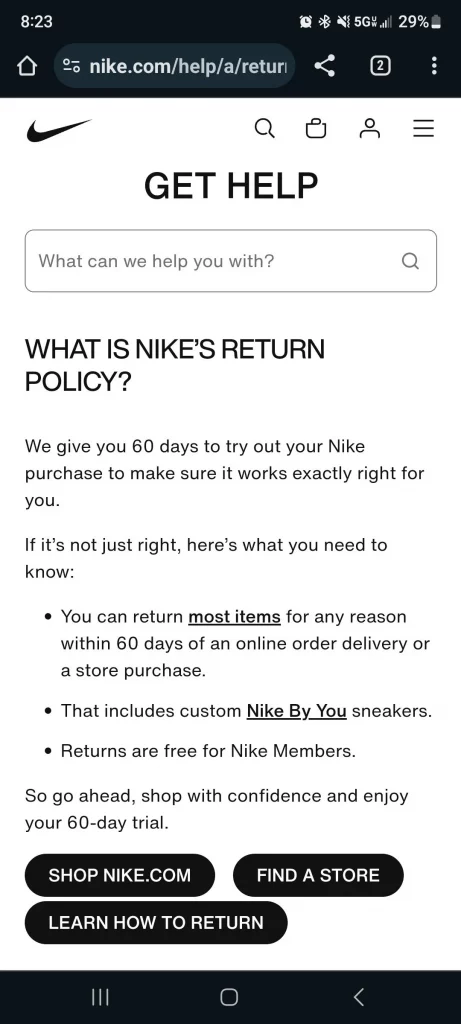
Best Practice: Provide reusable or easily resealable packaging that simplifies the return process for customers while promoting eco-friendliness.
6. Streamlined Online Return Requests
Example: Online marketplace Etsy streamlines requests through their platform, allowing customers to initiate the return and communicate directly with sellers. This centralized system simplifies the process for both parties.

Best Practice: Offer an intuitive online return request system integrated into your platform, making it easy for customers to initiate returns and communicate their concerns.
7. Personalized Return Solutions
Example: Luxury retailer Net-a-Porter offers a premium returns service for high-value items, providing personalized assistance for returns and exchanges to cater to their discerning clientele.

Best Practice: Consider offering personalized solutions, especially for high-value or specialized products, to enhance the customer experience and cater to specific needs.
Learn about latest ecommerce trends here.
8. Return Data Analysis for Improvement
Example: Best Buy leverages return data analytics to identify common return reasons and improve product descriptions. They use this data to enhance their online product information and reduce return rates.
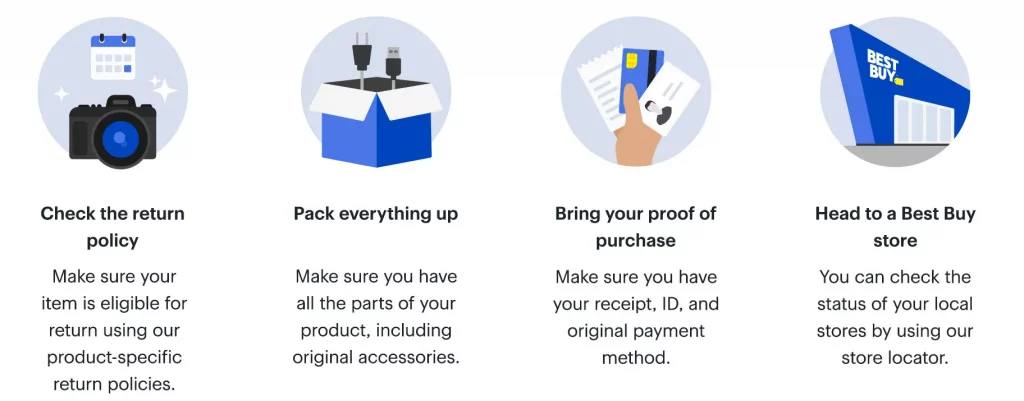
Best Practice: Analyze data to identify trends and reasons for returns. Use this information to refine product listings, improve quality control, and reduce return incidents.
9. Proactive Customer Support for Returns
Example: Online eyewear retailer Warby Parker provides proactive customer support by reaching out to customers post-purchase, offering assistance and guidance for returns or exchanges if needed.
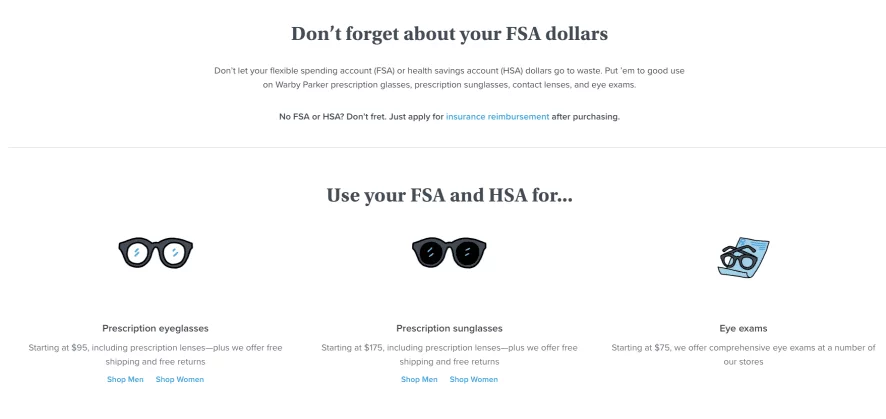
Best Practice: Implement proactive customer support, such as follow-up emails or chat support, to assist customers with return management and ensure a positive experience.
Step-by-Step Guide for Ecommerce Returns Management:
1. Inventory Management Software:
Utilizing robust inventory management software is crucial for seamless returns processing. This software should integrate returns functionality, enabling synchronized updates between returns initiation and real-time inventory adjustments.
Real Example: A leading e-commerce platform like Shopify integrates inventory management tools that automatically update inventory levels upon accepting returns. This immediate synchronization ensures accurate stock records and efficient returns processing.
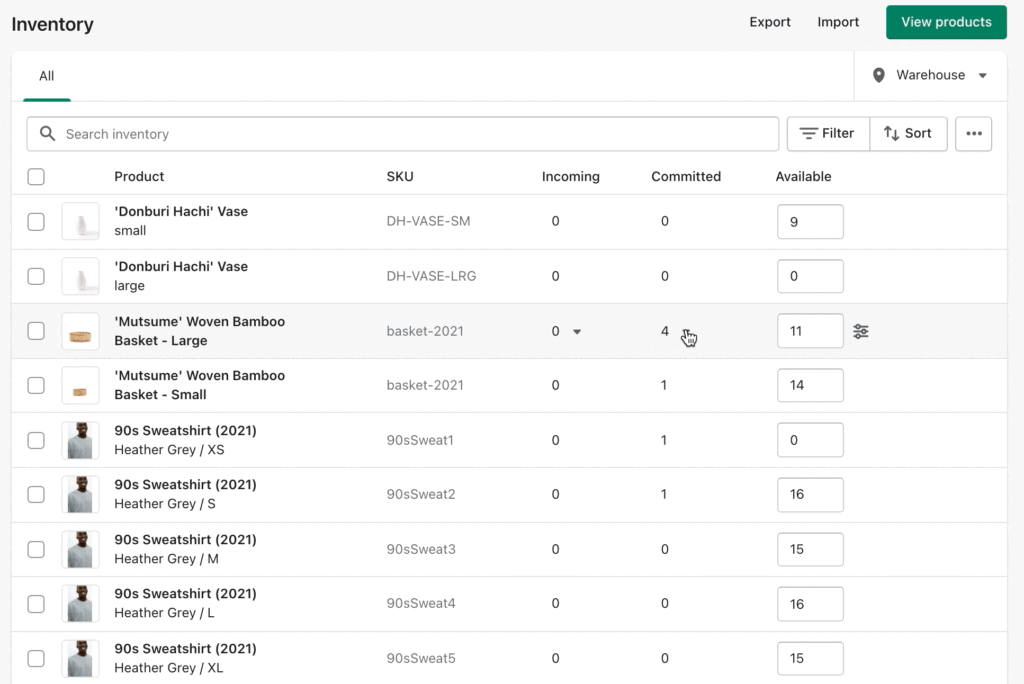
2. Creating Return Labels:
Simplify the return process for customers by automating label creation. Provide various label formats—prepaid, printable, or scannable—to accommodate diverse customer preferences and minimize errors.
Real Example: EasyPost, a shipping API, simplifies label creation by offering multiple label options. It supports prepaid, printable, and scannable labels, ensuring convenience and accuracy in return shipments for both businesses and customers.
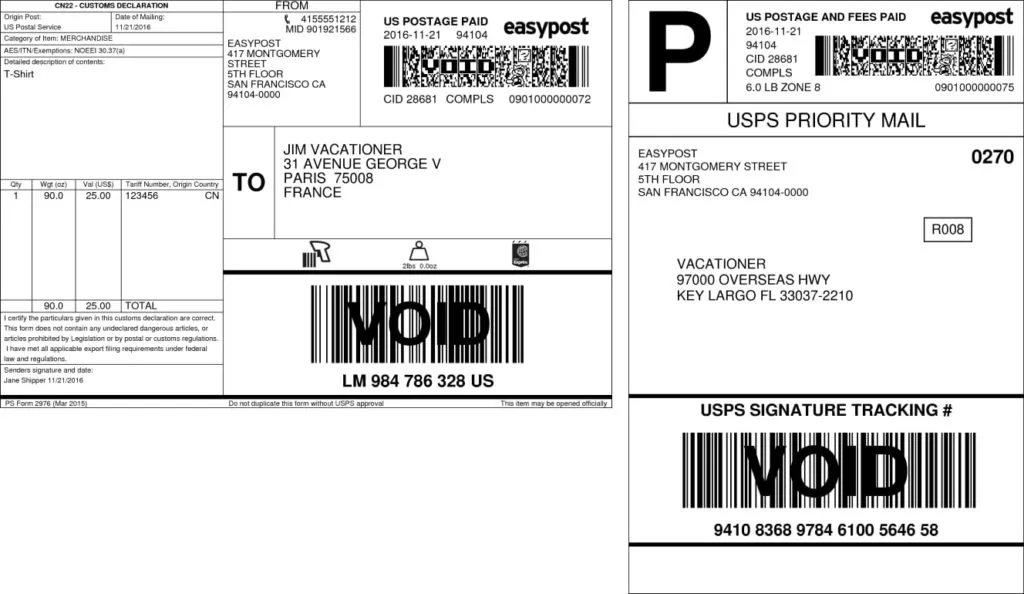
3. Shipping Carrier Integration:
Efficient reverse logistics relies on seamless integration with major shipping carriers. This integration enables hassle-free tracking and management of return shipments, ensuring a smoother return process.
Real Example: Shippo, a shipping software, integrates with various carriers like UPS and FedEx, allowing businesses to efficiently manage return shipments. This integration simplifies the tracking and handling of returns for enhanced operational efficiency.
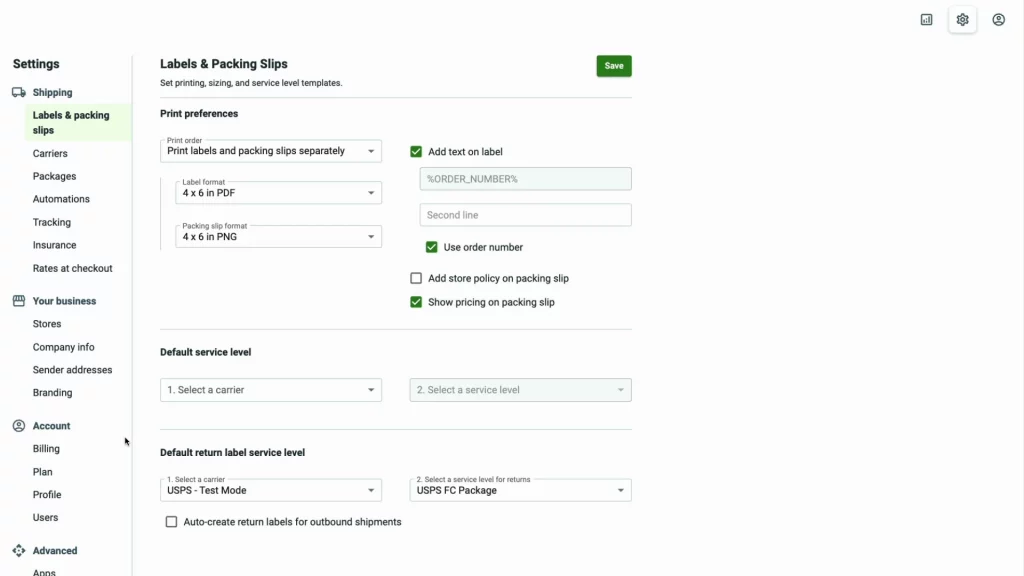
4. Returns Tracking and Analytics:
Utilize returns software integrated with carrier systems to offer tracking and gather analytics. This data-driven approach provides insights into return reasons, costs, and trends for informed decision-making.
Real Example: ReBOUND, a returns management platform, not only offers tracking services but also provides analytics. It tracks reasons and trends, empowering businesses to make informed decisions regarding restocking and product quality improvements.
5. Automated Communication:
Implement automated communication channels such as email notifications and chatbots to keep customers informed about their return progress. This proactive approach enhances transparency and customer satisfaction.
Real Example: Kustomer, a customer service CRM platform, integrates automated communication channels like emails and chatbots. It enables businesses to provide customers with timely updates on their return status, fostering a positive customer experience.
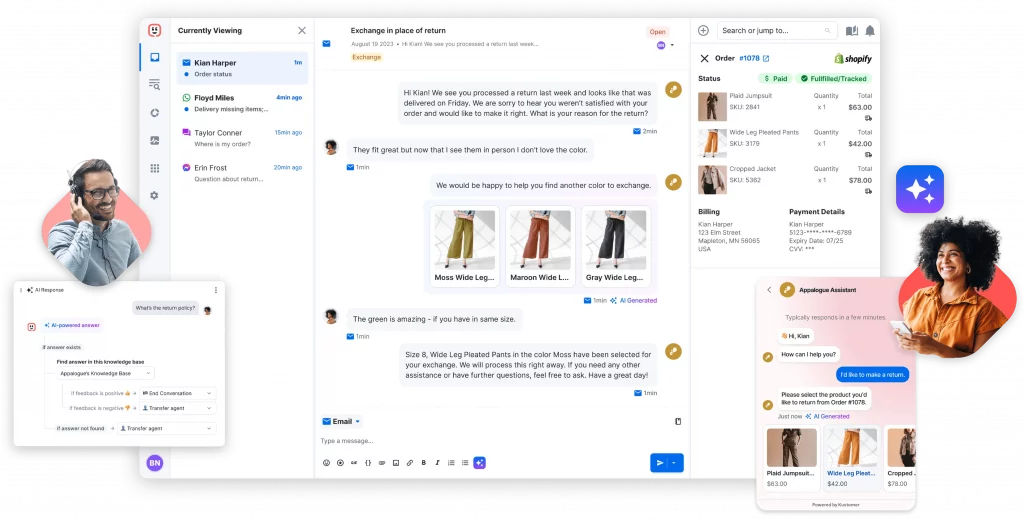
6. Quality Inspection and Processing:
Conduct thorough quality checks upon receiving returns. This step ensures product quality, helps categorize returns for resale or disposal, and prevents fraud.
Real Example: ReturnLogic offers quality inspection tools that facilitate comprehensive checks on returned items. It allows businesses to categorize returns for resale, donation, or disposal based on their condition, ensuring efficient processing.
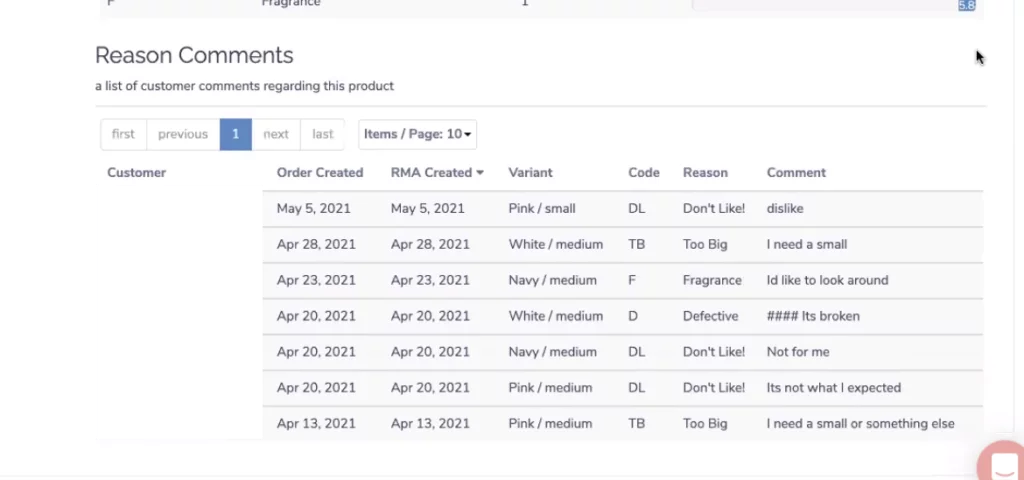
7. Refund Process:
Swift refund processing post-return inspections significantly contributes to a positive customer experience. Ensure prompt reimbursements to enhance customer satisfaction.
Real Example: Stripe, a payment processing platform, ensures quick and efficient refund processing. Businesses can issue refunds promptly upon completion of return inspections, providing a seamless experience for customers.
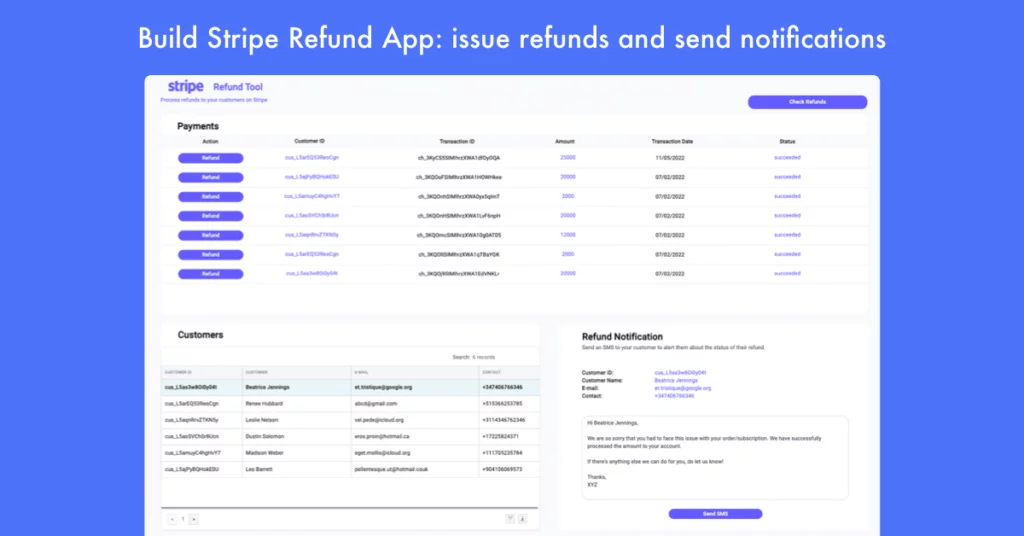
Conclusion:
In the dynamic world of e-commerce, returns play an integral role in shaping customer satisfaction, loyalty, and operational efficiency for retailers. A streamlined returns process isn’t just a necessity but a competitive advantage. By prioritizing transparency, convenience, and strategic management, businesses can transform returns from a potential pain point into an opportunity to build stronger customer relationships and glean valuable insights for continuous improvement.
FAQs on Ecommerce Returns:
How Can Retailers Reduce Return Rates?
Accurate product descriptions, detailed imagery, size guides, and reviews can help customers make informed decisions, reducing the likelihood of returns due to dissatisfaction.
What Should I Look for in Returns Management Software?
Look for software that seamlessly integrates with your inventory system, offers real-time updates, streamlines label creation, and provides analytics for better decision-making.
What are Some Eco-Friendly Approaches to Handling Returns?
Using recyclable or reusable packaging, optimizing transportation routes, and partnering with eco-conscious carriers are some eco-friendly strategies.
How Can I Improve the Refund Process for Customers?
Prioritize prompt refunds once returns are processed and inspected. Communicate clearly about refund timelines to manage customer expectations.



